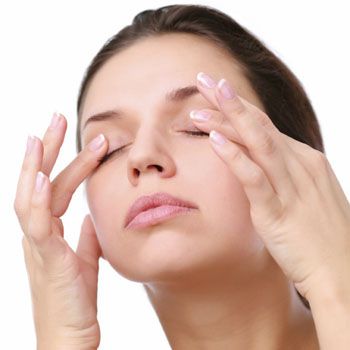We have heard of watery eyes, red eyes, and yellow eyes but never have we heard of dry eyes. Here is some information about it. It is actually a condition related to your eye tears. Interesting isn’t it so? Sometimes people don’t produce enough tears or the right quality of tears (never thought tears had types) to keep their eyes healthy and comfortable. This condition is known as dry eye condition.
To elaborate on this, let’s just discover how our eyes tears are covered and how many layers they have. Your eyes basically have a tear film. This tear film, which is highly sensitive, comprises of three different types of layers:
-
An oily layer
-
A watery layer
-
A layer of mucus
Each layer has its own unique purpose to serve. The oily layer, produced by the meibomian glands, forms the outermost surface of the tear film. Its main purpose is to smooth the tear surface and reduce evaporation of tears.
The middle layer is the watery one which makes up most of what we ordinarily think of as tears (watery dots of hews). This layer, produced by the lacrimal glands in the eyelids, naturally cleanses the eye and washes away foreign dirt particles or irritants that can cause damage to your eyes.

The inner layer comprises of mucus produced by the conjunctiva gland. This Mucus allows the watery layer to spread evenly over the surface of the eye and helps the eye remain moist. Without mucus, tears would not stick to the eye. Normally, the eye constantly bathes itself in tears. By producing tears at a slow and steady rate, the eye stays moist and comfortable.

The eye uses two different methods to produce tears. It can make tears at a slow, steady rate to maintain normal eye lubrication. It can also produce a lot of tears in response to eye irritation or emotion. When a foreign body or dryness irritates the eye, or when a person cries, excessive tearing occurs.

It may not sound logical that dry eye would cause excess tearing, but think of it as the eye’s response to discomfort. If the tears responsible for maintaining lubrication do not keep the eye wet enough, the eye becomes irritated. Eye irritation prompts the gland that makes tears (called the lacrimal gland) to release a large volume of tears, overwhelming the tear drainage system. These excess tears then overflow from your eye.
We hardly take out time to study the anatomy of our eyes or how they work and hence end up carelessly with certain eye conditions. We have heard of watery eyes, red eyes, and yellow eyes but never have we heard of dry eyes.



